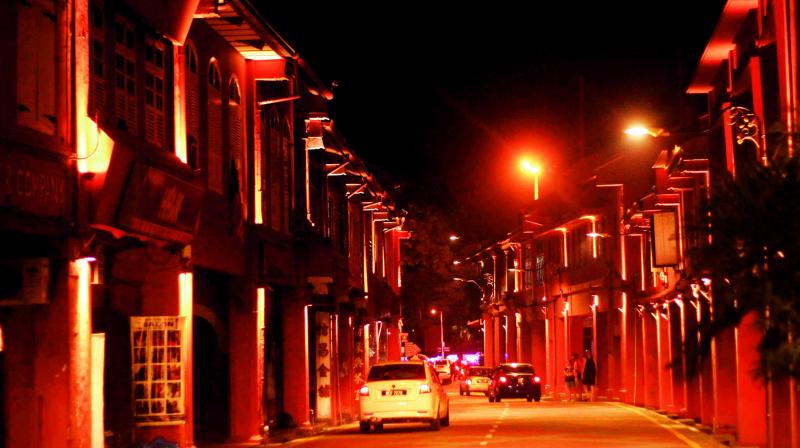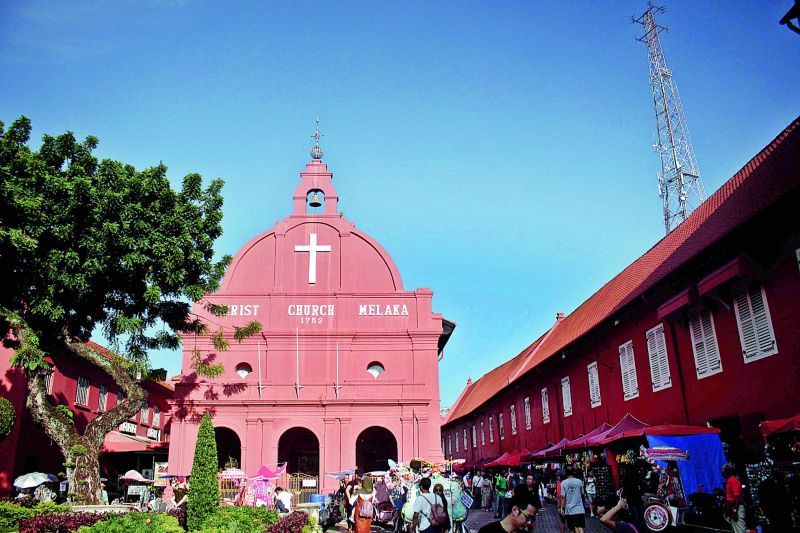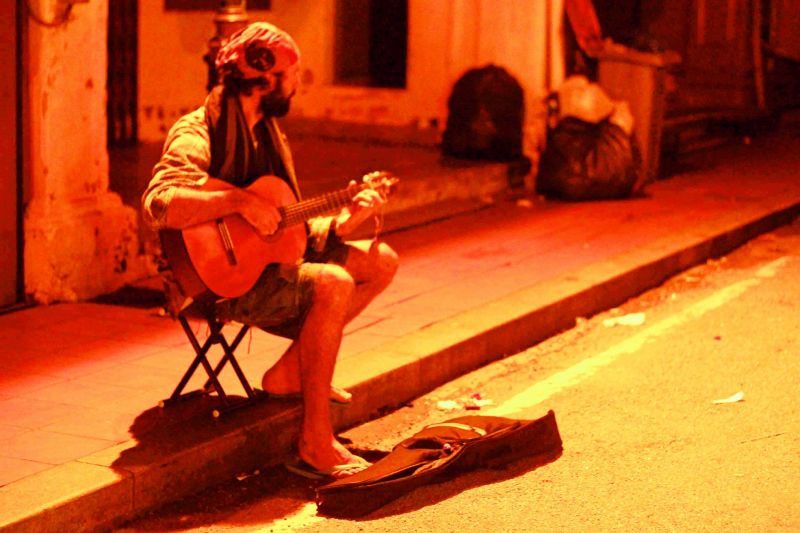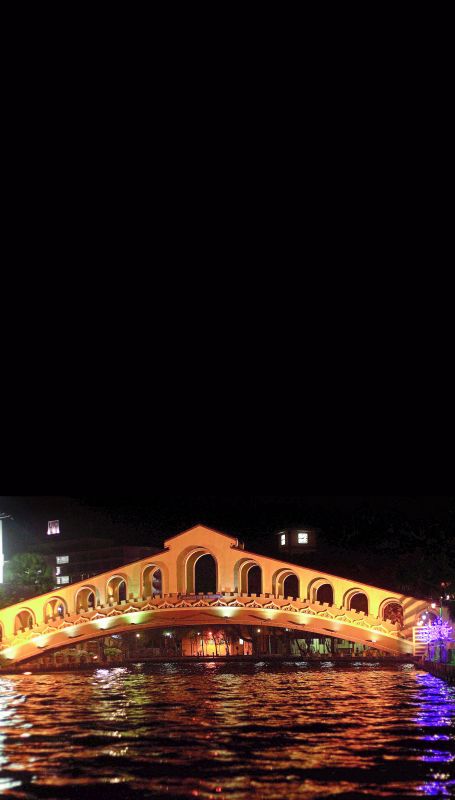Malaccan diaries

The hotel seemed nothing like it was promised. There were no beaches in front of it, unless you climbed a couple of walls. Malacca (or Melaka as they spell it) — the historic state and the city that turned red in the night — appeared deserted. But two turnings of the road later, we saw the real Malacca. A street lined with local food, and a crossing later, we reached what may be called the place of action, where every tourist appeared to land in the Dutch Square, right in front of the red Christ Church, the oldest protestant church in Malaysia. A number of shops selling Malaccan souvenirs are situated here. And all the historic buildings that Malacca is known for are also a walk away from this hub.
 Dutch Square
Dutch Square
This is where you should be careful. You will see very attractive trishaws with popular music, carrying happy passengers. These would be in the shape of Hello Kitties or yellow minions — all colourful and cute. They promise a ride, taking you across a few of the heritage sites for 25 ringgits. But they don’t wait for more than ten minutes. It is a major rip off, when you can walk to all of these in a few minutes, and spend as much time as you love, for there is quite a lot to learn, especially if you are a history buff. Like the Christ Church, with its huge white cross, which was built in 1753 to commemorate the centenary of Dutch rule in Malacca, or the Porta De Santiago, which was one of the four main gateways into the Portuguese fortress of A Famosa, built in 1512. Malacca had to pass hands from the Portuguese to the Dutch to the British.
 A street musician; (left) The trishaws flocking the streets
A street musician; (left) The trishaws flocking the streets
Before all that, Malacca was a simple fishing village that a fleeing prince, Parameswara, turned into a port city. Like the apple fell on Newton’s head and brought along the idea of gravity, Parameswara — also known as Iskandar Shah — had his own sweet tale taking shape under a tree. Legend says he saw a mouse and a deer fight a dog in a river, and was impressed by the weak defeating the strong. The prince decided it was an omen to begin his empire on the same spot, and named it Malacca, after the tree he was resting under.
 Porta De Santiago
Porta De Santiago
But it is with the colonial invasion that Malacca got the appearance it has now — as a red city. A total delight for photography lovers, the street outside the Dutch Square is called Laksamana Road — it turns bright red in the night lights, giving it a majestic appearance with the louvered windows and chunky doors of the line of buildings. This includes the Stadthuys, built in 1660, as the official residence of Dutch governors. When the British came, it was converted into a town hall. Now, it is a collection of museums. There is the Islamic Museum, the Architecture Museum, the History and Ethnography Museum, and the People’s Museum. Outside, the red buildings continue, the Christ Church standing out with its red bricks brought all the way from Holland. When the British took over the church in 1795, they put in a few additions including the weathercock on top of the bell tower and declared the Dutch Reform Church as an Anglican one.

Among the historic sites is also a curious looking Dutch graveyard, which you learn, has many more British graves (33) than the five Dutch graves. A guide tells you there’d be two or more people in one grave. Another graveyard is located near the A Famosa Fort — the Bukit Cina, which is the largest and oldest Chinese graveyard outside of China. There is also the St Paul’s Church, believed to have been built by the Portuguese nobleman Duarte Coelho, in gratitude to the Virgin Mary, for saving his life during a storm. It was then called the Church of the Mother of God. It was the Dutch who later renamed it St Paul’s Church. Under the British, it ended up being a storehouse for gunpowder. An armless statue of St Francis Xavier stands inside the complex.
For a break from all that history, you can always turn to the Taming Sari Tower — you can spot it from almost anywhere. About 110 metres in height, it has a revolving structure that offers a 360-degree view of the Malacca town. You can also spot the glorious Malacca River from the top. But a better view of the river — and this is a must for any visitor — is offered by the river cruise in the night. There are lights all around reflected on the water, black in the night, cool air flowing in, and the beautiful Malaccan life to watch. The 45-minute ride is totally worth the 21 ringgits you pay per person.
Outside, there is music on the streets — musicians springing up on corners with their instruments, performing, and listeners gathering around, watching, and sitting around. The night markets in Jonker Street come alive with more music and people talking. A line of eateries open alongside the river and it is a difficult choice — to go inside into the comforts of the restaurant and the riverside views or just be part of the beautiful red colour streets and its Malaccan music.

